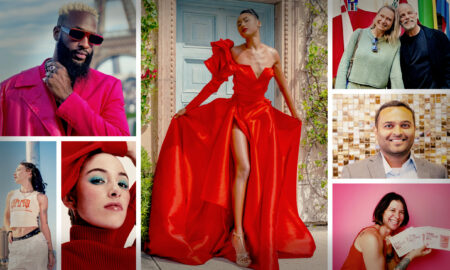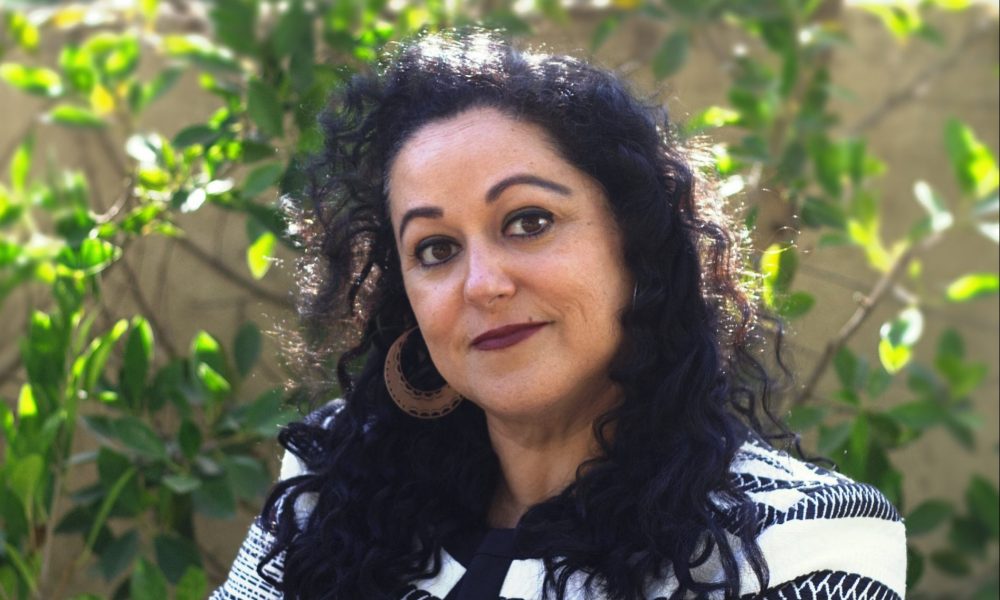

Today we’d like to introduce you to Evelyn Alsultany.
Hi Evelyn, we’re thrilled to have a chance to learn your story today. So, before we get into specifics, maybe you can briefly walk us through how you got to where you are today?
I was born and raised in New York City to a Cuban Catholic mother, an Iraqi Muslim father, and a Colombian Catholic stepmother in the 1970s and 1980s. Stereotypes about our identities were part of everyday life. We were constantly asked where we were from and the answer to the question often led to others about terrorism and cocaine.
When I went to college, I was eager to understand my family’s experiences of marginalization from a social and political lens. I took Latinx studies courses, but I yearned for a course on Muslims in the US or Arab Americans to gain perspective on my histories and experiences. Courses were available about Arabs in Middle Eastern studies or about Muslims in religious studies departments, but not about the histories and experiences of Muslims in the US or the experiences of Arab Americans vis- à- vis US racial politics. This is partly because the US Census classifies people from the Middle East and North Africa as “white” despite the fact that Arab American organizations have been lobbying for a Middle Eastern/North African (MENA) census box for the last three decades. Furthermore, diversity initiatives tend to focus on established race and ethnicity categories (Black, Native, Asian, and Latinx) and not on religious identity (Muslim).
In graduate school and in the last 20 years of my career, I have been part of a cohort of scholars who have sought to bring Arabs and Muslims to conversations about racial politics in the US. I have done this mainly through researching representations of Arabs and Muslims in the media, which led to my first book, Arabs and Muslims in the Media: Race and Representation after 9/11 (2012). This book was inspired by a surprising development: a proliferation of positive representations of Arabs and Muslims after 9/11, during the early stages of the Bush administration’s War on Terror from 2001 to 2008. Given the amplification of public messages about Arabs and Muslims as terrorist threats to U.S. national security in the media and government, why did terrorism-themed TV dramas and films invariably include an Arab or Muslim character who worked for the FBI or CIA and at times would die to prove their patriotism? Given that the U.S. media has stereotyped and misrepresented Arabs and Muslims for more than a century (with very few exceptions), why would sympathetic portrayals appear during such a fraught moment? Whereas in the past, demonizing the enemy was necessary to justifying war and injustice, sympathetic representations of Arabs and Muslims portrayed the U.S. as an enlightened country that had entered a “post-race” era. I argue that seemingly positive representations of Arabs and Muslims inadvertently helped legitimize racist policies and practices, shifting our focus from explicit racism to subtler forms that mask its perpetuation.
My second book, Broken: The Failed Promise of Muslim Inclusion (2022), examines what happened when “Islamophobia” came to be recognized as a social and political problem. It focuses on the later stages of the War on Terror, from the Obama administration through the Trump administration (2008–2020). This era is marked by a commitment to diversity, equity, and inclusion and a simultaneous resurgence of overt white supremacy. During this conjuncture, media representations of Muslims expanded to a wider field of possibilities than ever before. For the first time, certain hate crimes against Muslims became headline news. Middle Eastern, North African, and Muslim students were newly included in diversity initiatives on some college campuses. Would such inclusion initiatives solve the problem of anti-Muslim racism? I argue that Muslims get included in diversity initiatives as a response to widespread Islamophobia, part of a more general pattern of crisis moments inspiring inclusion initiatives with varied results.
I coin the term ”crisis diversity” to point to how an event such as the “Muslim ban” produces a domino effect of responses: The general public becomes aware of a longstanding problem (anti-Muslim racism); people of that particular identity group (Muslims and experts on Islam) are called upon to urgently educate groups of people and advise leaders on how to make changes; and media conglomerates, corporations, universities, organizations, and other entities respond by issuing statements or embarking on new diversity initiatives. The crisis moment then passes, and attention to the issue dies down until the next crisis emerges and stimulates another response. I use this term to argue that diversity initiatives enacted solely in response to crisis overlook the root causes of racism and other forms of discrimination and therefore can tend to fall flat.
We all face challenges, but looking back would you describe it as a relatively smooth road?
I struggled as a first-generation college student trying to find my way in academia. I struggled to enter a field that did not have a precedent of research in my area. It wouldn’t be life without challenges, but these challenges are revealing of for whom most educational institutions were and were not created. It has been rewarding to see this change in some ways.
As you know, we’re big fans of you and your work. For our readers who might not be as familiar what can you tell them about what you do?
I am a professor at USC’s Dornsife College in the Department of American Studies and Ethnicity where I teach courses about racial politics in the US. I have been at USC for four years, but before that, I was a professor at the University of Michigan for 14 years where I co-founded the Arab and Muslim American Studies program within the Department of American Culture, which is where Ethnic Studies programs are housed. I actually did my undergraduate studies there and was able to return years later to create the courses and infrastructure that I wish had been there when I was an undergraduate student.
What do you like about the city?
I love that given my research on representations of Arabs and Muslims in the media that there are opportunities for me to consult for Hollywood productions and offer insight into how to improve representations of Muslims.
When I moved to LA, I met Sue Obeidi of the Muslim Public Affairs Council who directs their Hollywood Bureau. We created the Obeidi-Alsultany Test to help Hollywood improve representations of Muslims. We were inspired by other tests like the Bechdel Test to measure representations of women, the Duvernay Test for racial representations, the Aila Test for Native American representation, and the Russo Test for LGBTQ representation. This opportunity was made possible by moving to LA.
Over the last five years, there has been a concerted effort in Hollywood to diversify representations and I am grateful for opportunities to be a part of this important moment of change.
Given that I was a professor at the University of Michigan for 14 years before coming to USC four years ago, I of course love the weather and that the ocean is a short drive away.
Pricing:
- Broken: https://a.co/d/i772zn2
- Arabs and Muslims in the Media: https://a.co/d/58GBqnL
Contact Info:
- Website: https://evelynalsultany.com
- Twitter: @EvelynAlsultany


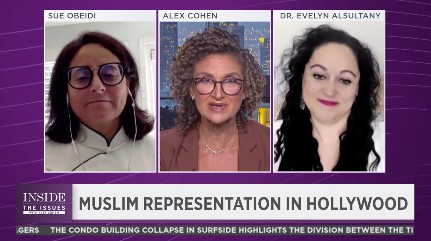


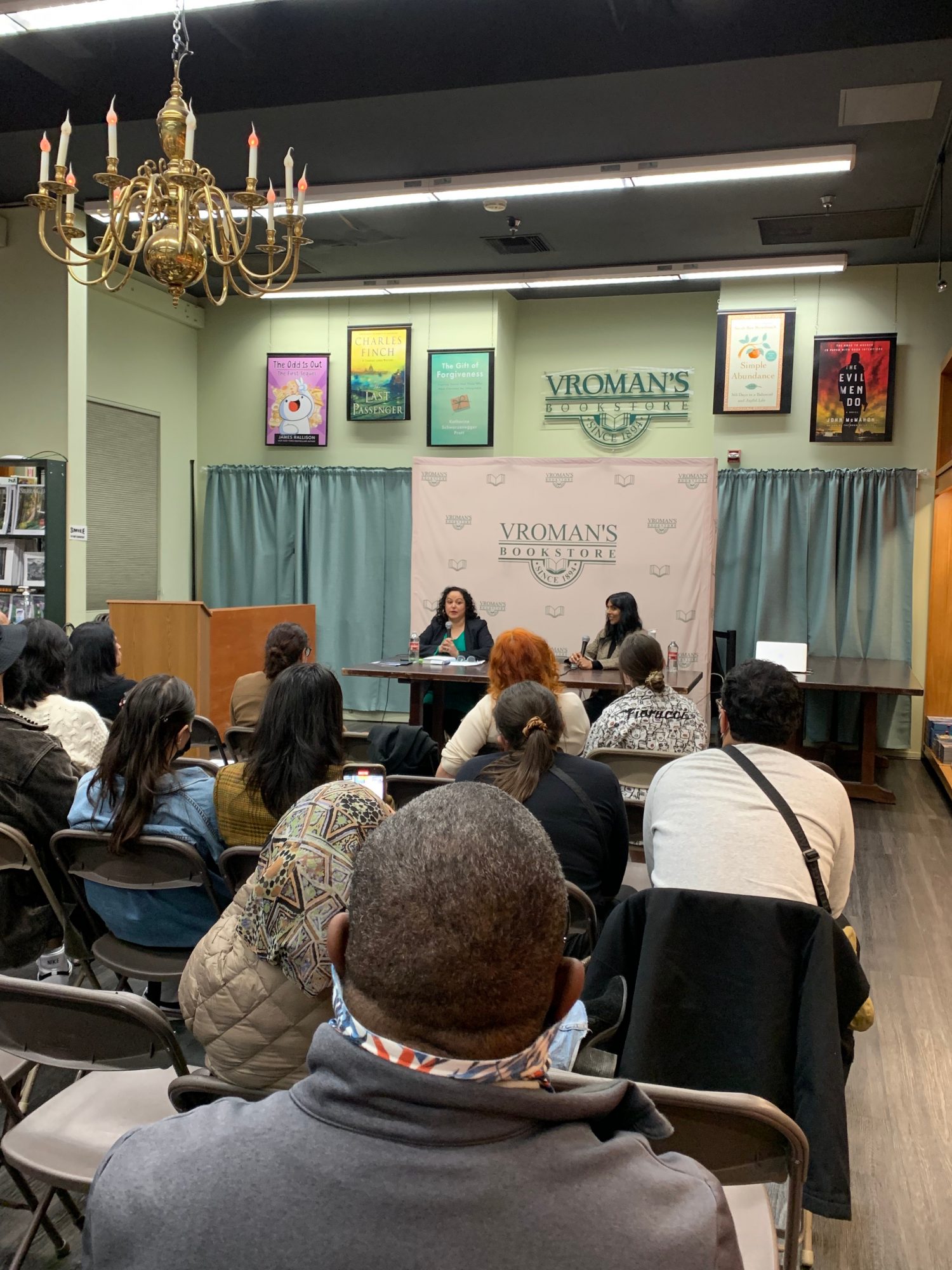
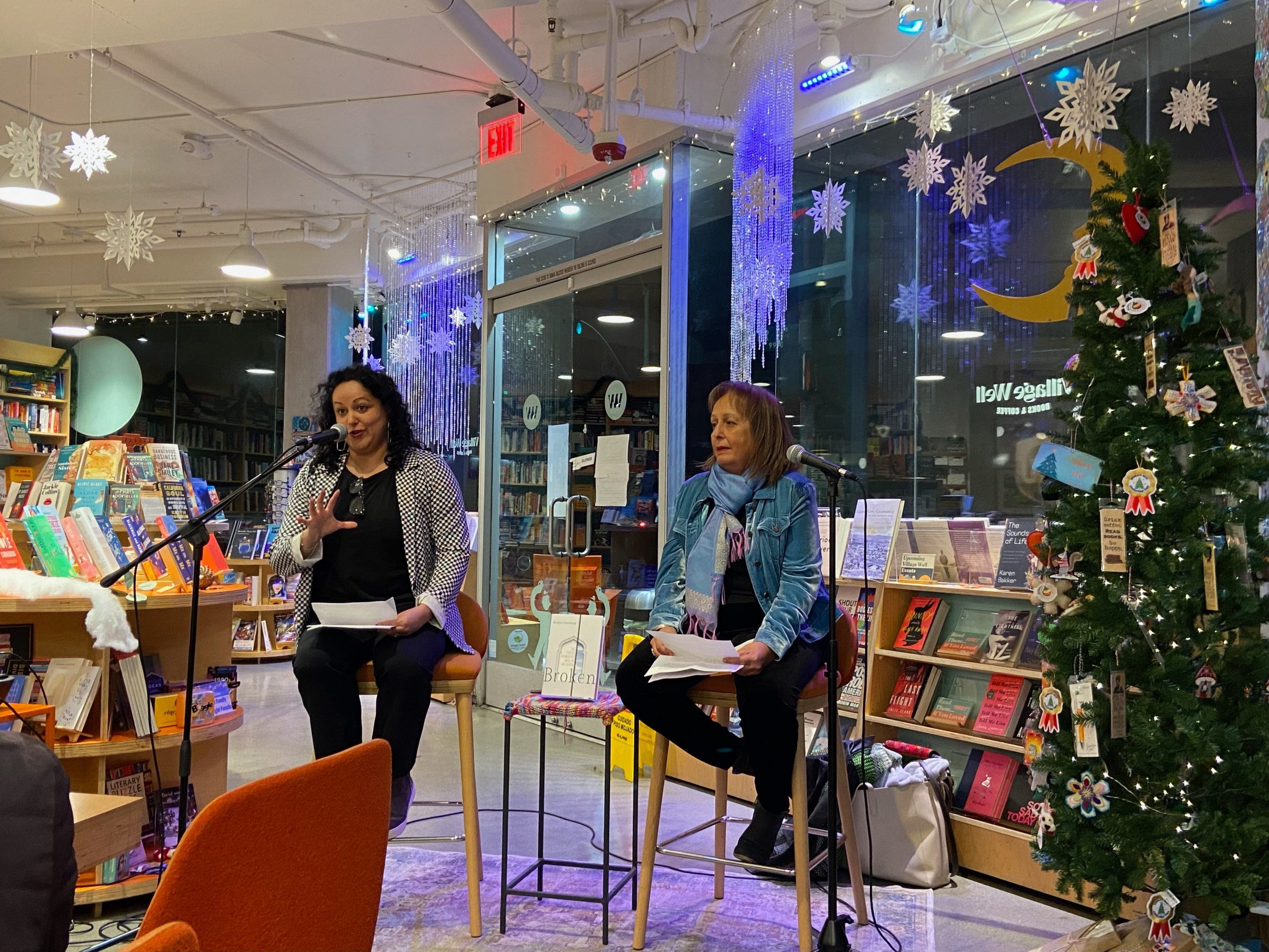 Image Credits
Image Credits
All are personal photos or screenshots. My professional headshot was taken by my husband.

